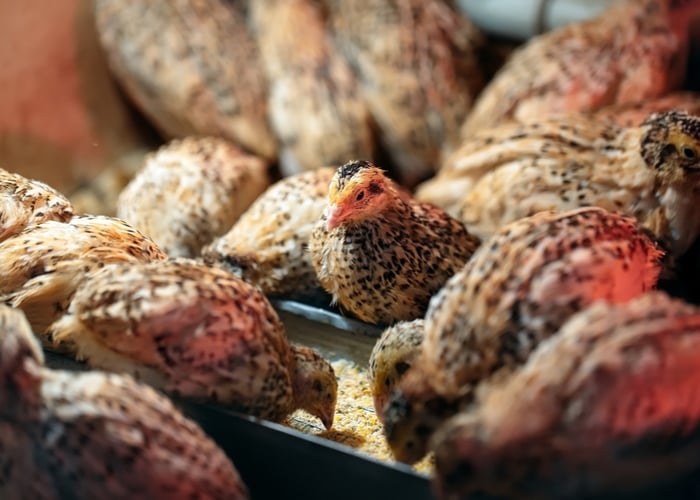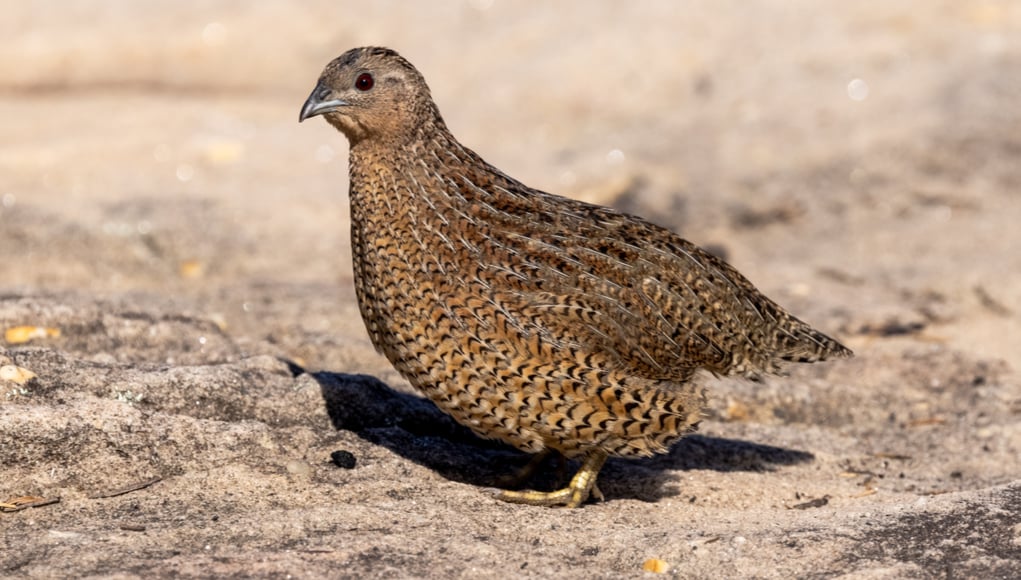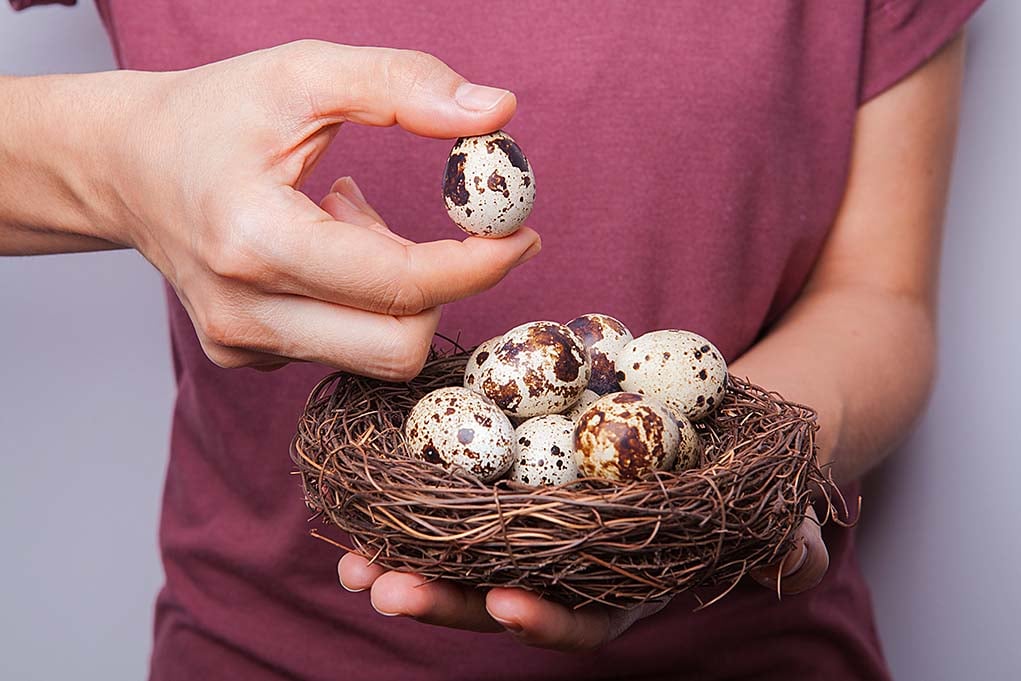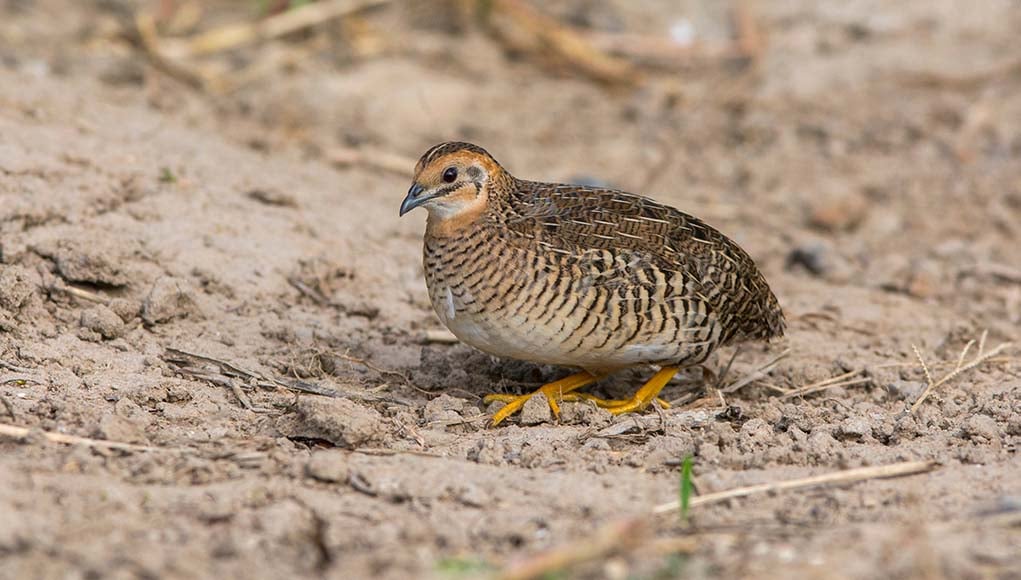Have you ever considered breeding quails? If not, then you are missing out on a lot!
Quails aresmall game birdsthat are easy to breed and make for great pets or a delicious addition to your meals.
In this blog post, we will tell you everything you need to know about breeding quails — from selecting the right breed and housing them to feeding and caring for your quails.
So, grab a notepad, and let’s start exploring the world of quail breeding!
Breeding Quails: What You Need To Know First
Before you embark on a breeding project, it’s important to choose the right breed.
There are several breeds of quails to choose from, such as Japanese,Coturnix, and Pharaoh Quails.
Japanese quails are popular because they lay a lot of eggs, while Coturnix quails are known for their meat and are easy to handle.
Pharaoh Quails, on the other hand, are smaller and are mostly kept as pets.
Decide which breed of quail to breed based on your needs and preferences.
Are Quail Easy to Breed?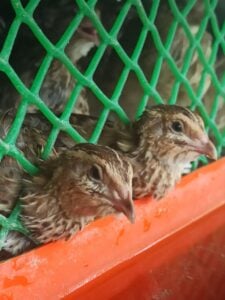
First things first, let’s talk about thebasics of quail breeding.
Quail are an excellent species to work with because they are small, relatively low-maintenance, and produce lots of eggs.
Keep in mind the ratios of male to female in your group.
Too many males will result in fighting and unsuccessful mating, whereas having more females will decrease the chances of a successful hatch.
In order to successfully breed quail, you must create a comfortable environment for them.
This includes a calm and clean aviary with lots of nesting material, such as grass and leaves.
Quail normally lay eggs from spring to autumn, but some will lay year-round if conditions are favorable.
They create small hollows in the floor for their nests, which they line with soft materials.
Keep an eye on your quail’s nesting habits to ensure they have enough materials to work with.
Now let’s talk about the actual breeding process.
The male typically begins mating rituals bypuffing up his chest and calling out to the female.
If she is receptive, they will begin circling each other and copulating.
It’s important to note that hens can store enough sperm to lay fertile eggs for up to two weeks so that a single mating can result in multiple successful clutches.
But what about the actual raising of chicks? This is where things can get a bit trickier.
Quail chicks are incredibly delicate and require specific temperatures and humidities to thrive.
It’s recommended that youuse a separate brooding boxto raise the chicks rather than keeping them in the same aviary as the adults.
This not only keeps them safe but also decreases stress levels in the adults.
Once the chicks are old enough, you can introduce them back into the main aviary.
RELATED:How to Raise Quail Chicks: A Comprehensive Guide
How Long Does it Take to Breed Quail?
繁殖过程需要时间,因为quails needto mature sexually.
Quail chicks areprecocial,这意味着他们可以walk and feed themselves from birth.
However, they are not sexually mature until they reachsix to eight weeks.
所以,如果你想繁殖鹌鹑,以red to give them time to reach that maturity level.
Trying to breed immature quails will lead to weaker offspring and, in some cases, death.
How Many Times a Year Do Quail Breed?
There are many different species of quail, and each one has its own unique breeding habits.
For instance, theCalifornia Quailbreeds only once a year, while theGambel’s Quailcan breed up to three times yearly.
It all depends on where the quail live and how long their breeding season is.
In general, most quail will start breeding in the spring once the temperatures start to warm up.
This is when the males start to make their distinctive calls to attract a mate.
Once a pair has formed, they will start to build a nest together.
This can take up to a week, during which time the male will bring materials like grass and feathers to the female, who will form them into a suitable nest.
Once the nest is complete, the female will lay eggs, usuallybetween 6 to 12 of them.
She will lay one egg a day until the clutch is complete.
After that, both parents will take turns incubating the eggs for around 3 weeks until they hatch.
Once the chicks are born, both parents will take care of them until they are old enough to fend for themselves.
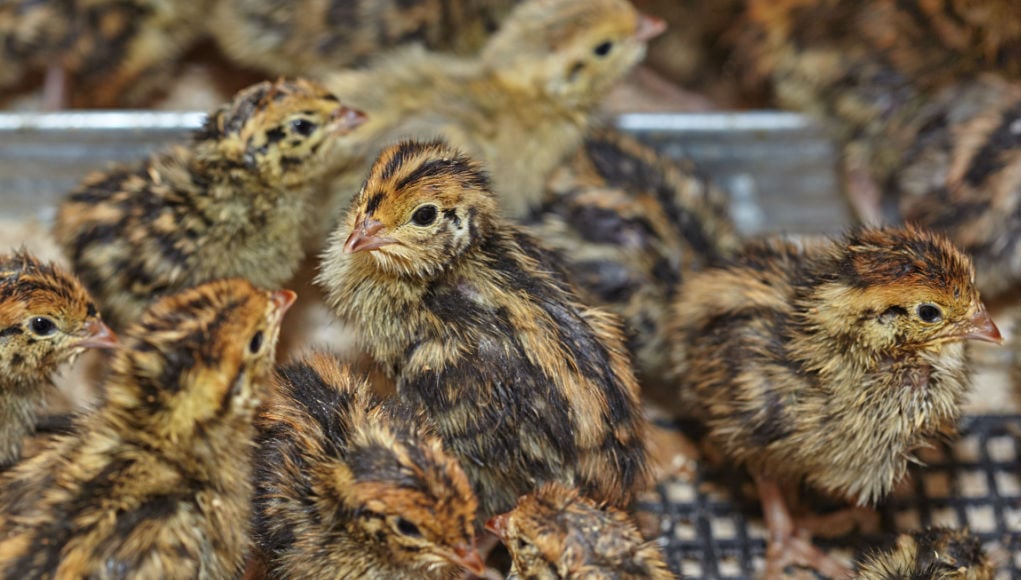
Breeding Quails: Step-by-Step Process
Now that you know the basics about quail breeding, we’ll walk you through how to do it step by step.
1. Set Up Your Cage Two to Six Weeks Before Spring
Try to set up your cage around two to six weeks before spring. That way, your quail have a chance to get acclimated to the new environment.
You’ll want to make sure that your cage is large enough foryour quailto move around comfortably and that it’s predator-proof.
This can include placing a mesh of heavy-duty wire over the top of the cage and burying wire mesh around the perimeter to keep burrowing predators at bay.
2. Make Sure the Cage is Predator-Proof and Has Adequate Space for Your Quail
Speaking of predator-proofing your cage, this is a crucial step in the quail breeding process.
Quail are tasty treats for a variety of predators, including snakes, rats, and birds of prey.
Make sure to keep your quail safe by securing the cage with sturdy materials and checking it regularly for signs of damage.
In addition to making your quail’s cage predator-proof, you’ll want to make sure there’s enough space for them to move around in.
Whilequail are relatively small birds, they still need room to stretch their legs, dust bathe, and socialize.
A good rule of thumb is to provide at least one square foot of living space per bird.
3. Feed a Breeder Quail Mix and Consider Adding a Calcium Supplement
One of the most important aspects of quail breeding is nutrition.
You’ll want to feed your quail a high-quality breeder quail mix that’s high in protein and other essential nutrients.
You may also want to consider adding a calcium supplement to your quail’s diet.
This is particularly important for female quai, who will need extra calcium to produce strong eggshells.
4. Put Three Females Per Male in the Pen
When it comes tobreeding quail, you’ll want to have amale-to-female ratio of 1:3 or 1:4.
This means that you should keep one male with three or four female quail.
This will ensure that your female quail are not overbred and will give your male quail a chance to fertilize multiple eggs.
5. Give the Quail Up to 16 Hours of Light Per Day
If you’re providing light, ensure that the quails receive up to16 hours of light per day.
6. Keep the Pen Around 70 Degrees Fahrenheit
You should also maintain a temperature of around70 degrees Fahrenheitin the pen.
Keep the pen clean, provide lots of space and fresh water, and it’s best to replace the bedding every few days.
Keeps those eggs from getting stinky!
7. Know That Most Eggs Won’t Survive Natural Incubation
Natural incubation is the most common incubation method for quail eggs.
However, only a smallpercentage of eggssurvive the natural incubation process.
You might find it helpful to introduce your pen to artificial incubation.
This technique is beneficial for quail breeders, allowing you greater control over the hatching process.
However, natural incubation can still be a worthwhile experience for both the parents and the breeder.
8. If Looking for Natural Incubation, Make Sure the Parents Sit on Them for 17-24 Days
Quail hens are not great incubators, and although they sit on the eggs, they tend to abandon the task halfway through.
If you plan on using natural incubation, you’ll need to monitor the eggs closely.
Removing any eggs or chicks abandoned or run over by the parents would be best.
The ideal incubation period for quail eggs is between17-24 days.
Ensure that during this time, the eggs remain undisturbed and the temperature remains constant.
Keep the incubator at around102-103 degrees Fahrenheitand ahumidity of 60%.
Turn the eggs four times per day.
Once the hatching process begins, make sure to raise the temperature by one degree Fahrenheit and increase the humidity by 10%.
Do not open the incubator once the hatching period starts.
Instead, wait until the 18th day of incubation. This is crucial so that the chicks are able to dry out properly.
And please do not try to help the chicks out of their shell! It will only result in the weakest and unhealthiest quail.

Tips for Brooding Quail
First, know that your chicks need space.
Make sure they haveat least one square foot of space per 14 chicksto avoid overcrowding.
They like to run around and play, but they also need room to rest.
Plus, cramped quarters could lead to stress, disease, and even death.
So give them some wiggle room!
Next up, they need a good brooder. But be careful: slipping can lead to injury.
To avoid that, line your brooder with paper towels for the first seven days or so.
And don’t forget to change them out regularly — cleanliness is next to “quailiness.”
You can also scatter some feed on the bottom of the container to teach them to eat.
Use a flat pan for the first week.
When it comes to heating, keep it at 98 degrees Fahrenheit for the first week.
Gradually decrease by 10% every week after, and make sure there’s enough space for the chicks to escape if needed.
Once their feathers are fully developed, you can take the heat away.
That should take about three to four weeks, and then they can finally graduate to a grown-up cage.
Is Breeding Quails Profitable?
First things first, let’s talk about the startup costs.
You can expect to shell out around$500 for building a 30-bird capacity coop.
The quail themselves are relatively cheap, ranging from$2-3 per bird.
However, you need to factor in other costs, such as food, water, bedding, and medicine. These initial costs can add up.
The average price for aquail egg is around $0.50 each.
You can sell the eggs directly to consumers or through dedicated marketplaces.
A mature quail can go for$5-6 on average.
The market potential for quail breeding is massive if you know your way around it.
Quail are incredibly efficient in terms of egg production.
A mature hen can lay around240-300 eggs per year,and they develop quickly, reaching maturity at around six weeks.
Quail meat is also highly sought after and is tender, juicy, and flavorful. It practically sells itself!
That said, breeding quail comes with its fair share of challenges.
They require a certain level of care, attention, and knowledge.
You have to monitor their habitat conditions and be vigilant for any signs of illness or disease.
Also, most quail breeds are very delicate, and their output can fluctuate due to stressors such as bad weather or inadequate food.
You have to be ready to deal with losses and setbacks.
总而言之, quail breeding is profitable as long as you are willing to invest time, patience, and resources into it.
There is no denying that the startup costs and the care required can be intimidating.
However, thedemand for quail productsis high and consistent.
It is a viable business opportunity that can give you a sustainable income if done right.
And let’s not forget how fun and rewarding it is to raise quail!
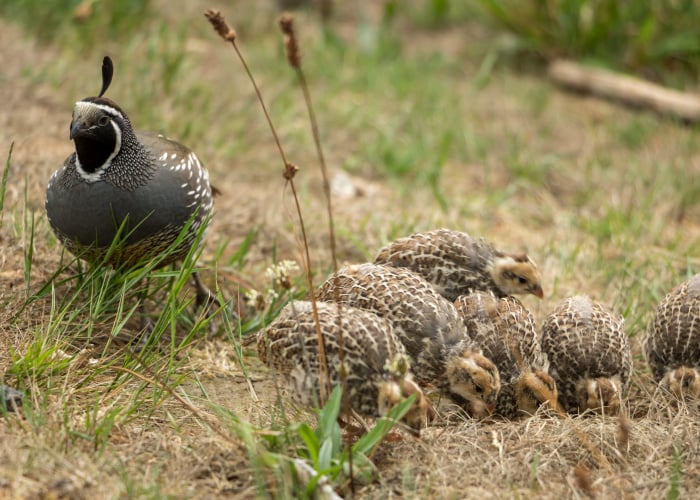
Breeding Quails: Final Thoughts
Breeding quails can be a rewarding and enjoyable experience.
With the right breed, housing, feeding, and care, breeding quails can be an easy and fun project.
Remember toresearch and choose your breed carefully, provide a comfortable living space, give them a healthy diet, and keep them safe from predators.
With these tips in mind — and, of course, with a bit of patience — your quail breeding adventure will be a success!
